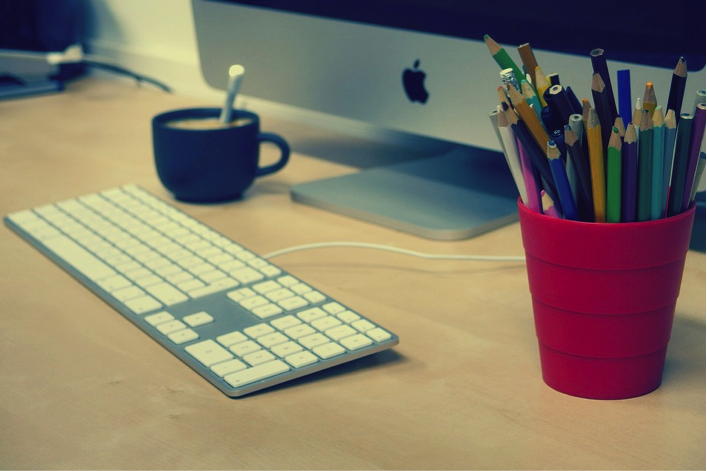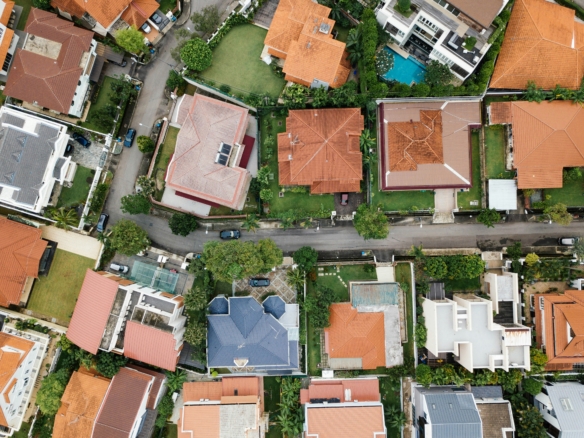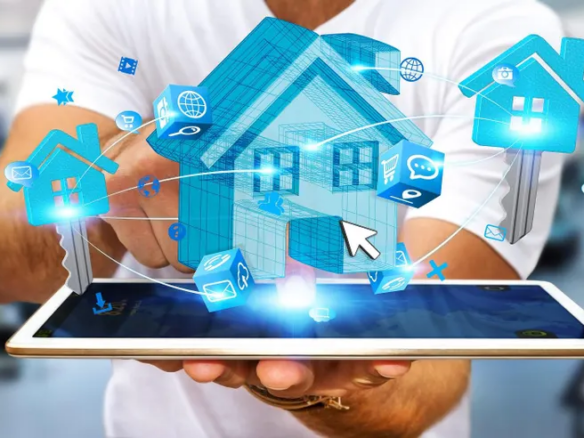The real estate industry has no shortage of industrious entrepreneurs who have made their fortunes by buying not-so-great properties and transforming them into more appealing investments for future buyers. This practice, often called “house-flipping” when used in the residential sense, is more than just a technique, it is the primary goal of any homeowner or investor – to ensure that the value of a property continues to rise as much as possible. Some factors that influence property value are market-based and are therefore largely uncontrollable. However, there are plenty of things you can do independently to start improving property value, especially with the help of today’s advanced home design software. Try starting with the following 5 steps:
1. Improving Exterior Landscaping
When you see a home for sale, one of the first aspects of the listing that catches your eye is the exterior. If you put the same exact house on two different properties (in the same area) and one of the lots was a barren patch of brown grass and dirt, while the other had lush and luxurious landscaping, it’s a safe bet to assume that in almost every instance the latter would sell faster and for a higher price. Thus, you might want to start by comparing some of the top landscaping design software.
2. Conceptualizing New Cabinets and Countertops
Other than the flooring, the kitchen cabinets and countertops are some of the most eye-catching areas in any home. The conventional method of going to a local hardware store to compare materials cannot hold a candle to the capabilities of a kitchen design software. These tools simplify and centralize the process of comparing virtually every kind of material, texture, wood style, shape, and cabinet configuration in existence, and even some that aren’t yet.
3. Designing the Floorplan
If the property will be having a home built or renovated, the first design challenge you might want to tackle would be the floorplan. There are a number of applications that make it easy to create colorful blueprints complete with hallways, door openings, appliances, furniture, fixtures, flooring types, and a range of other components. One popular example would be McKee Home’s Interactive Design App. The importance of this step should not be overlooked, as it will directly determine the spaciousness and appeal of the home’s available square footage.
4. Visualizing Appliances and Fixtures
There are so many different styles of appliances and fixtures out there that this facet of design has received its own software sector. Being able to drag and drop an array of appliances into your floorplan is a great way to make highly accurate visual comparisons before committing to any materials.
5. Creating Room Layouts
Finally, as a finishing touch to make the property more appealing to prospective buyers during a showing, you’re going to want to liven up the place with some furniture and other interior design components. As any Feng Shui expert would tell you, a space design or interior decorating software works well for this.
Every Real Estate Professional Should Know This
In conclusion, whether you’re a real estate agent, investor, homeowner, interior decorator, landscaper, property manager, or any other professional that deals with improving property value, it is an undeniable fact that having knowledge of a variety of home design software will help you strengthen your abilities as a versatile expert in the field.




